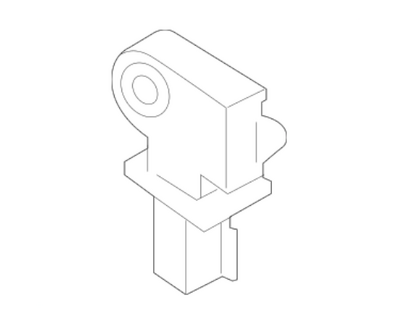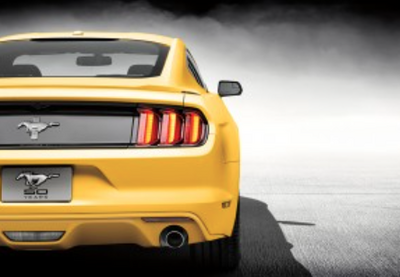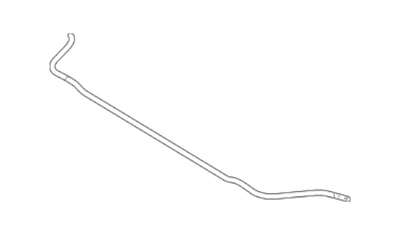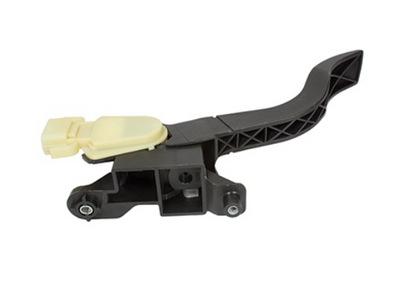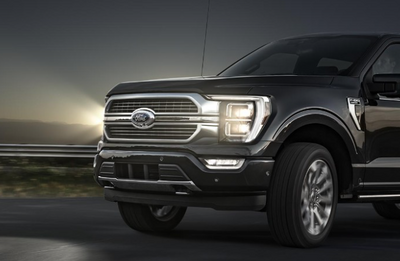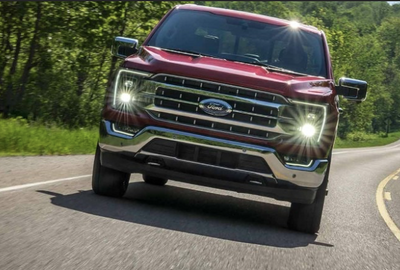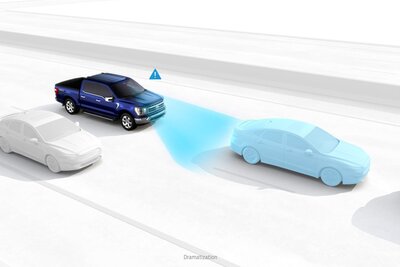Find Ford OEM Parts and Accessories in BC
BC Drivers: Learn About the Air Conditioning Components for Ford Vehicles
Tags:
(Posted on Jan 18, 2022 at 07:11PM )
BC Drivers: Understanding the Difference Between OEM and Aftermarket Accessories
Tags:
(Posted on Jan 11, 2022 at 06:10PM )
BC Drivers: Learn How the Ford Mustang’s Spoiler Cuts Down on Aerodynamic Drag
Tags:
(Posted on Jan 10, 2022 at 06:10PM )
BC Drivers: Learn About Suspension Systems for Ford Vehicles
Tags:
(Posted on Jan 9, 2022 at 05:17PM )


